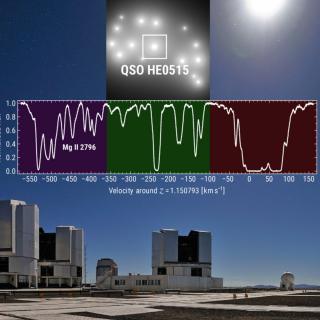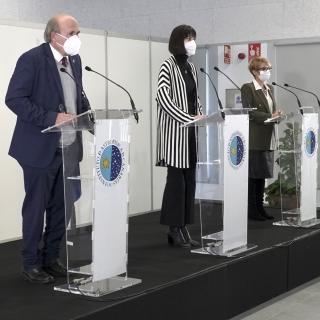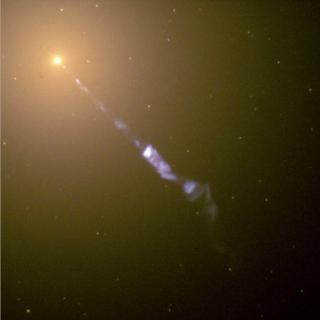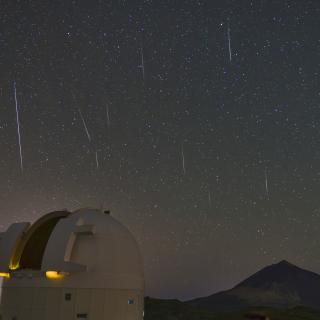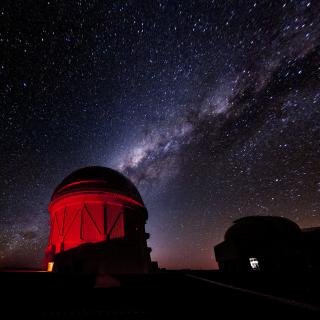
Research by the Dark Energy Survey (DES) collaboration, in which the Instituto de Astrofísica de Canarias (IAC) participates, has confirmed the presence of a supervoid, an extremely large region with a lower-than-average density of matter, in the constellation Eridanus. Its study could provide new clues to understanding the nature of dark energy. The result is published today in Monthly Notices of the Royal Astronomical Society. The possibility of mapping the largest structures in the Universe has always been an aspiration of astrophysics. After the meticulous charting of our cosmic backyard
Advertised on

